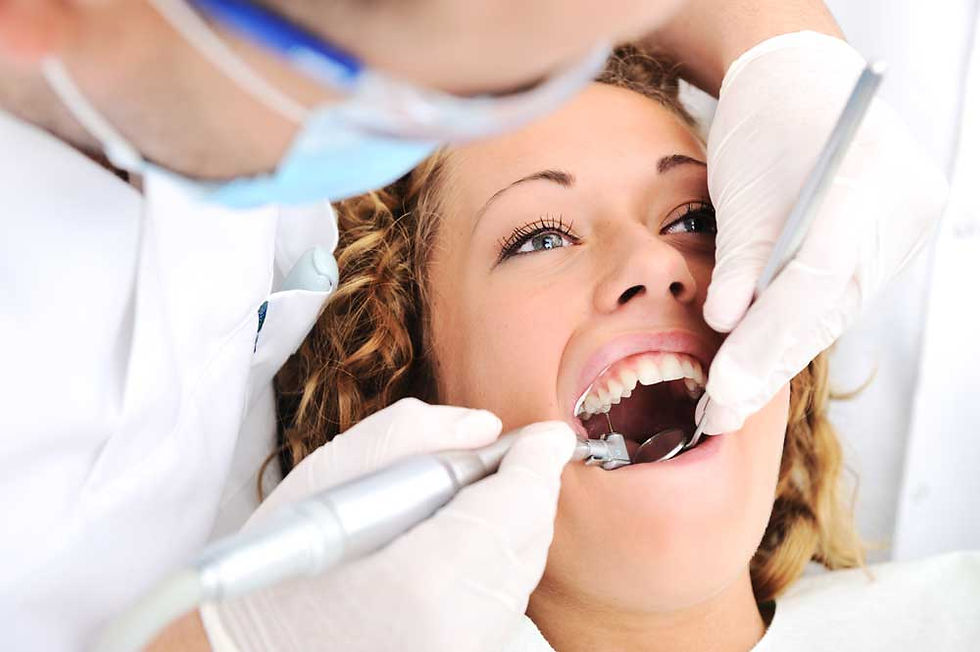What Is The Importance Of Dental X-Ray?
- Laticia Gibson
- Oct 11, 2022
- 2 min read
An X-ray at the walk in dentist may not be the top of your favorite things. It's not enjoyable to wear that cumbersome apron and hold an occasionally unpleasant object between your teeth for even a short period. However, X-rays give 24 hour emergency dentists near me a lot of information. Using X-rays, they can evaluate how your teeth, roots, jaw, and facial bone structure are doing. Additionally, they help in the early diagnosis and treatment of oral issues.
A type of radiation known as X-rays can pass through, or solid objects can absorb it. Dense items like teeth and bones absorb this energy, manifesting in X-rays as light-colored regions. Gums and cheeks, which are less thick than other body parts, are also visible in X-rays as dark parts of X-ray film.
Are dental X-rays safe?
X-rays emit a minimal amount of radiation. Dental innovations, including high-speed X-rays, lead-lined, full-body aprons, and federal regulations requiring accuracy and safety checks for X-ray machines, also have reduced the number of radiation patients are exposed to.
What are the various kinds of X-rays?
According to adult orthodontics near me, dental X-rays come in two primary varieties: intraoral (when they place X-ray film inside the mouth) and extraoral (the X-ray film is outside the mouth).
The most typical kind of X-rays is intraoral ones. There are various intraoral X-ray kinds, and each displays various tooth features.
Bitewing X-ray
A portion of the mouth's top and lower teeth can be seen in detail on Bitewing X-rays. Each bitewing is seen from the tooth's crown (the exposed surface) to the level of the underlying bone. Bitewing X-rays can also identify tooth decay between the teeth and changes in bone density brought on by gum disease.
Periapical X-Ray
The entire tooth is visible on Periapical X-Ray, from the crown to the point beyond the root where the tooth connects to the jaw. Every single tooth in one area of the upper or lower jaw is seen on each periapical X-ray. These periapical Digital Dental X-Rays look for any unexpected alterations in the surrounding bone structures and the root.
X-rays taken outside the mouth are used to find dental issues in the jaw and skull. Extraoral X-rays can also be of several forms.
Panoramic X-Rays
Panoramic X-rays display the mouth region on a single X-ray, including all the teeth in the upper and lower jaws. According to a dentist near me open on Saturday, this X-ray can see impacted teeth, locate fully and partially emerged teeth, and assist in identifying tumors.
Tomograms
According to dentist offices near me, tomograms obscure other layers of the mouth while displaying a specific layer or "slice" of the mouth. This X-ray also investigates features covered by neighboring structures, making them challenging to see appropriately.
Dental computed tomography (CT)
Dental computed tomography (CT) is an imaging technique that visualizes internal structures in three dimensions. You can find cysts, tumors, and also fractures on the face's bony structures.
Conclusion
We hope the above-given information will help you learn some beneficial and valuable details regarding dental x-rays. For more helpful information, please visit urbndental.com.


Comments